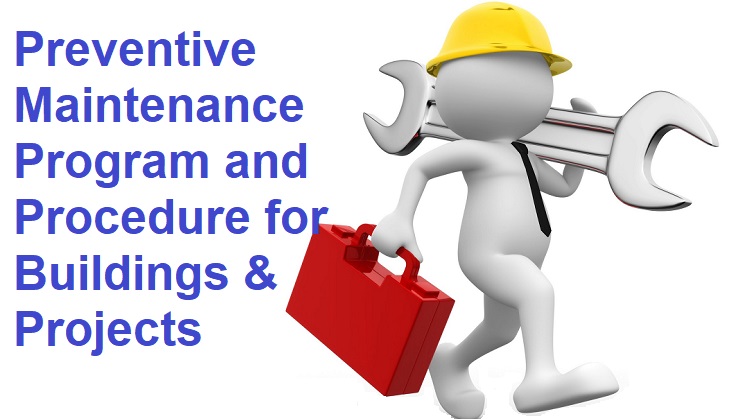Preventive Maintenance Procedure for Buildings & Projects
1. Purpose The purpose of this procedure is to ensure that all corrective and preventive maintenance activities are carried out as per applicable international best practices in order to achieve maximum customer satisfaction with minimum adverse impact on environment, health and safety of both employees and end users, operators and community. Also to ensure that… Read More »
